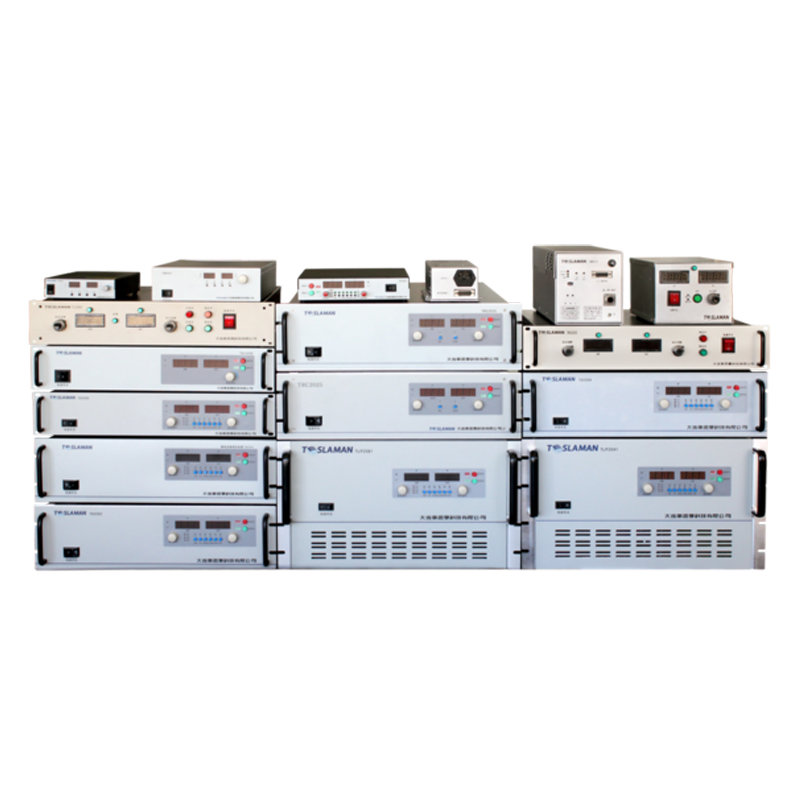Application Examples of DC High Voltage Generators in Electrical Power Tests
Abstract: This paper elaborates on the important application examples of DC high voltage generators in electrical power tests from a professional perspective. It details the working principles, test procedures, and achieved results in aspects such as insulation testing of electrical power equipment and cable withstand voltage tests, demonstrating the crucial role of DC high voltage generators in ensuring the safe and stable operation of electrical power systems.
I. Introduction
The safe and stable operation of electrical power systems relies on the reliable performance of electrical power equipment. In the pre-operation stage of electrical power equipment and during regular inspection and maintenance in the operation process, high voltage tests are essential. As an important high voltage power supply device, the DC high voltage generator has a wide range of applications in the field of electrical power tests. It can provide a stable and adjustable DC high voltage output for various electrical power tests, thereby effectively detecting key indicators such as the insulation performance of electrical power equipment.
II. Working Principle of DC High Voltage Generators
The DC high voltage generator mainly consists of a voltage regulating device, a high voltage transformer, and a rectifying and filtering circuit. The voltage regulating device adjusts the input mains voltage to an appropriate value suitable for the primary winding of the high voltage transformer. The high voltage transformer steps up the regulated voltage to obtain high voltage alternating current. The rectifying and filtering circuit then converts the high voltage alternating current into a smooth and stable DC high voltage output. By controlling the voltage regulating device, the output amplitude of the DC high voltage can be precisely adjusted to meet the voltage requirements of different electrical power tests.
III. Application in Insulation Testing of Electrical Power Equipment
(A) Test Procedure
When conducting insulation testing on electrical power transformers, circuit breakers, and other equipment, first connect the output terminal of the DC high voltage generator to the insulated part of the tested equipment. Set an appropriate DC test voltage value according to the test standard. For example, for an electrical power transformer of a certain voltage level, it may be set to several tens of kilovolts to over a hundred kilovolts. Then slowly increase the output voltage of the DC high voltage generator while using a microammeter to monitor the leakage current of the tested equipment. During the voltage ramping process, closely observe the change in the leakage current. After reaching the set test voltage, maintain a withstand voltage time, usually ranging from a few minutes to tens of minutes.
(B) Application Effect
By monitoring the magnitude of the leakage current and its change trend over time, the insulation condition of the tested equipment can be judged. If the leakage current is within the specified range and stable, it indicates that the equipment has good insulation; if the leakage current is too large or shows abnormal fluctuations, it may indicate that there are defects in the equipment's insulation, such as moisture ingress, insulation aging, or partial discharge. This helps to timely detect potential faults of electrical power equipment, avoid serious accidents such as insulation breakdown during operation, and ensure the safe and reliable operation of the electrical power system.
IV. Application in Cable Withstand Voltage Tests
(A) Test Procedure
For the withstand voltage test of power cables, connect the high voltage output terminal of the DC high voltage generator to the conductor of the cable, and ground the metal shielding layer or armor layer of the cable. Set the corresponding DC withstand voltage test voltage value and test time according to the rated voltage of the cable and the test standard. During the test process, also monitor the leakage current of the cable. Due to the large capacitance of the cable, the influence of the capacitive charging current needs to be considered during the voltage ramping process to ensure the accuracy of the test data.
(B) Application Effect
The cable withstand voltage test can effectively detect insulation damage, internal defects, and other problems that may occur during the long-term operation of the cable. The stable DC high voltage provided by the DC high voltage generator can simulate the electric field stress that the cable bears during operation. Through the test, it can be judged whether the cable can withstand the specified voltage level without breakdown. This is of vital importance for ensuring the safe and stable operation of cable transmission lines, can avoid power outage accidents caused by cable faults, reduce the risk of power supply interruption, and improve the power supply reliability of the electrical power system.
V. Conclusion
The application examples of DC high voltage generators in electrical power tests fully demonstrate their importance in ensuring the safe and stable operation of electrical power systems. Whether it is the insulation testing of electrical power equipment or the cable withstand voltage test, it can provide an accurate and stable DC high voltage source and, by monitoring parameters such as leakage current, provide a reliable basis for judging the insulation performance of electrical power equipment and cables. With the continuous development of electrical power technology, DC high voltage generators are also constantly being improved and perfected, and their performance will be more superior. They will continue to play an indispensable role in the field of electrical power tests in the future, safeguarding the efficient and safe operation of electrical power systems.




















